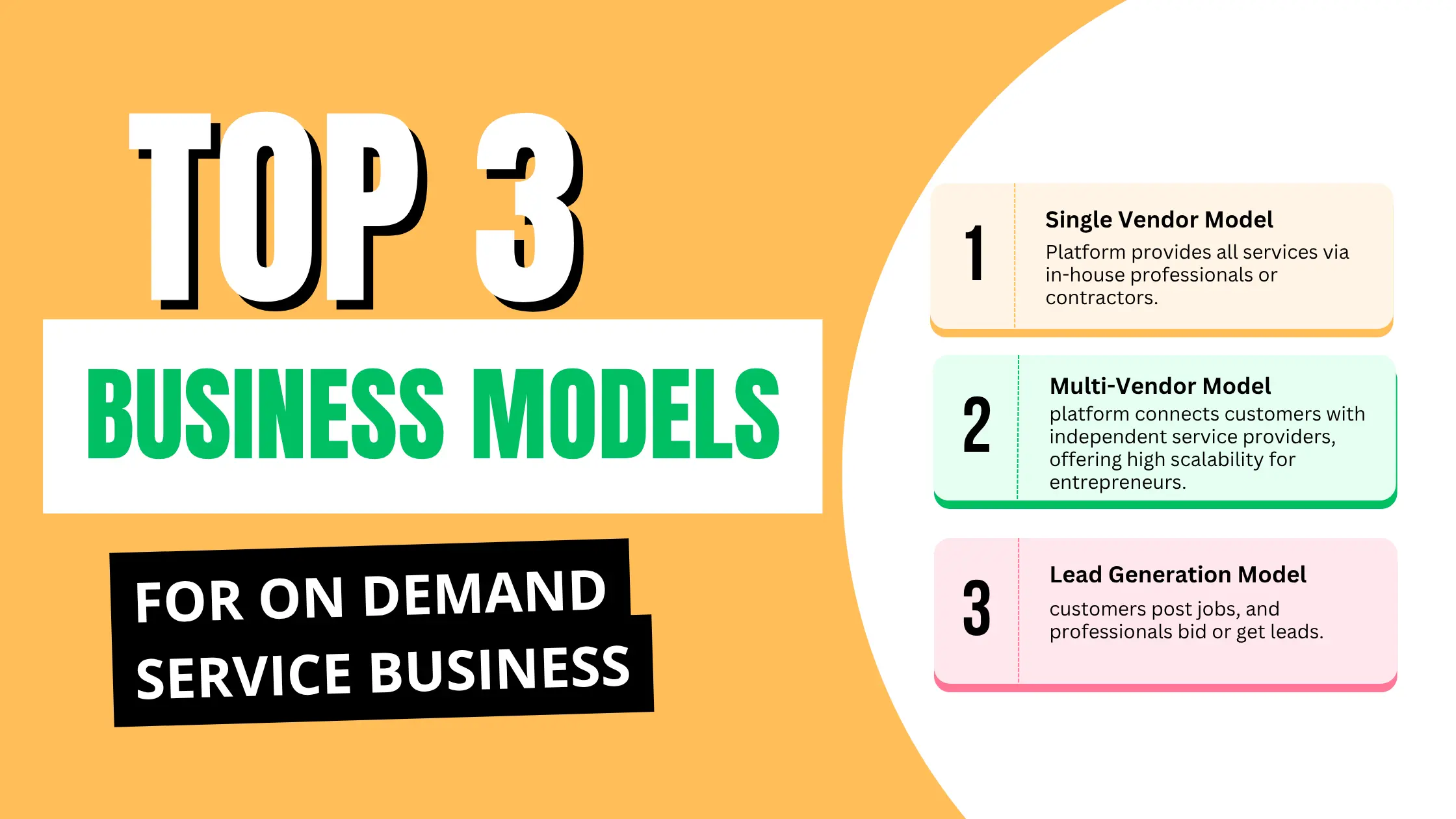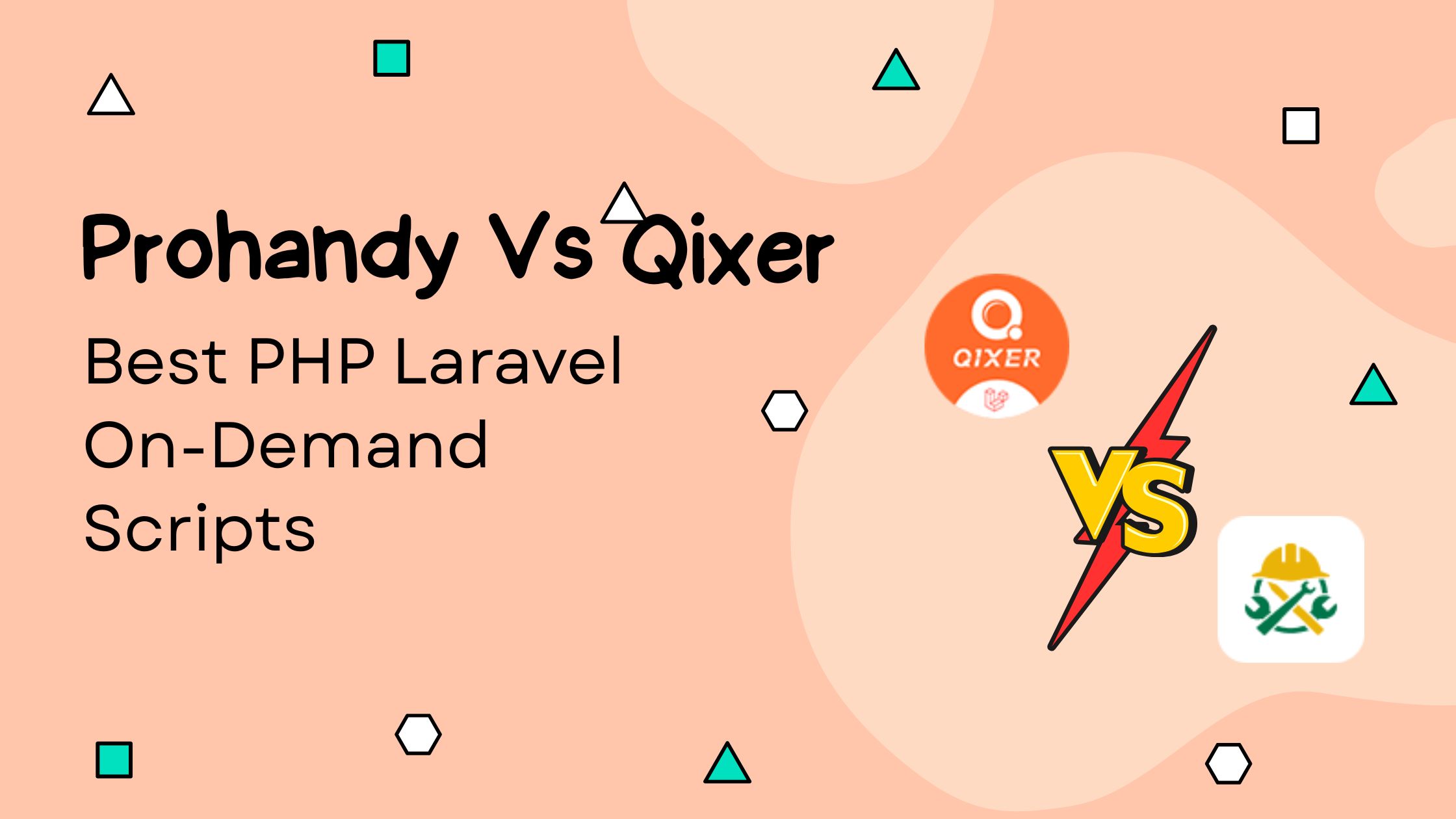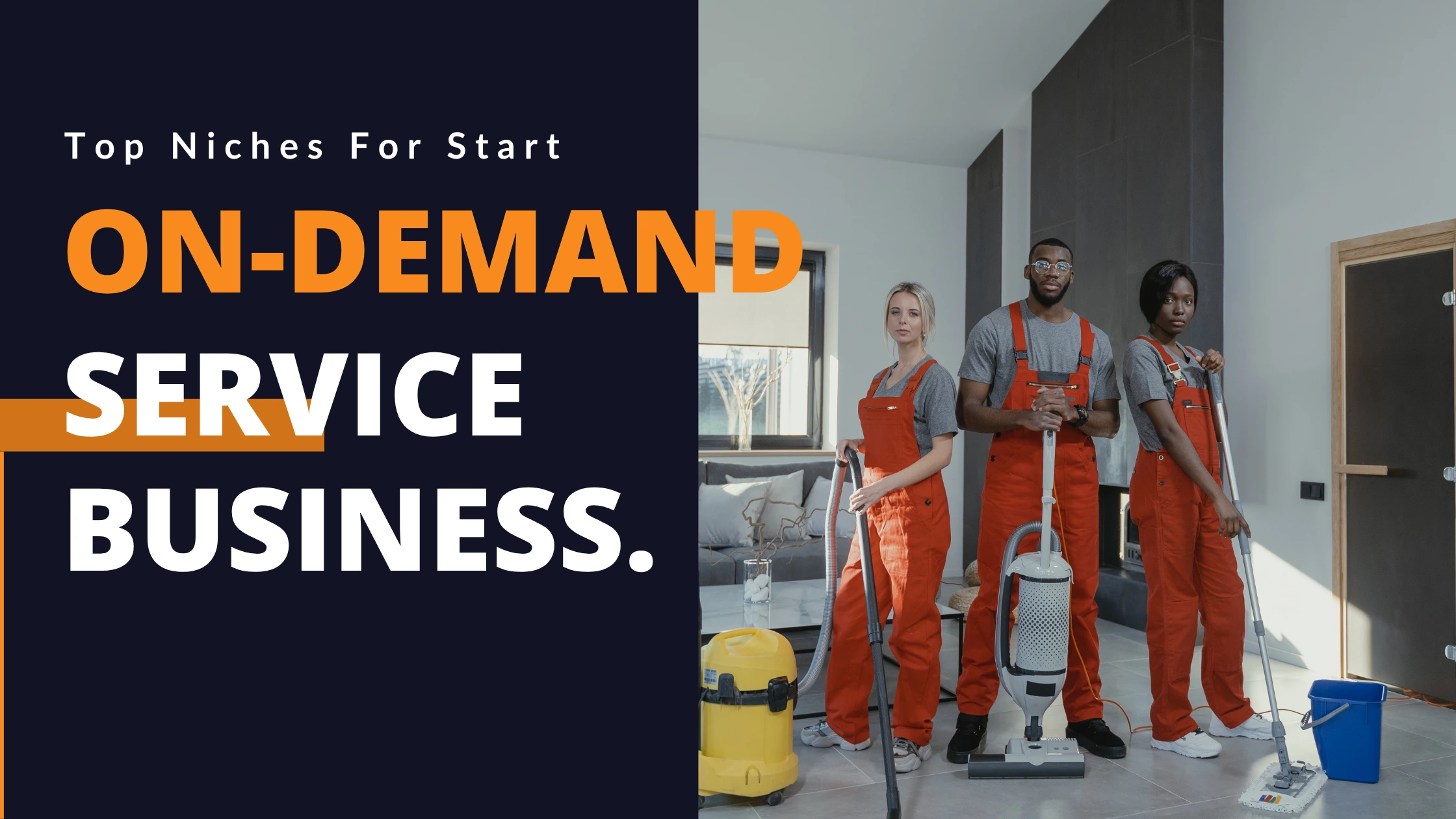In the ever-evolving digital economy, on-demand home services business models are rapidly redefining how we book cleaners, plumbers, beauticians, electricians, and more. As convenience becomes a top priority for customers, entrepreneurs have a golden opportunity to capitalize on this shift by launching their own service marketplace. No matter what on-demand home services business model you choose, aligning it with your monetization goals is essential.
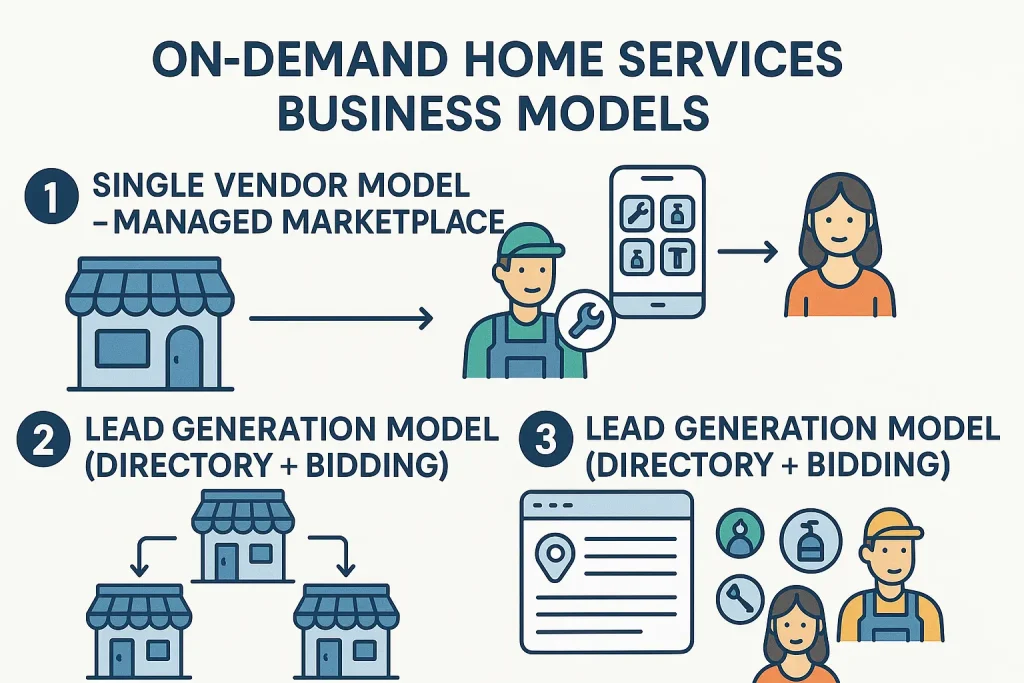
Whether you’re a startup founder or an investor eyeing the booming home services sector, understanding the right business model is key to long-term success. In this post, we’ll break down the top 3 on-demand home services business models, with real-world examples and monetization insights.
According to a Grand View Research study, the global online on-demand home services market was valued at $3.71 billion in 2021 and is projected to grow at a CAGR of 16.7% from 2022 to 2030 — showcasing the rapid digital transformation in household service delivery.

1. Single Vendor Model – Managed Marketplace
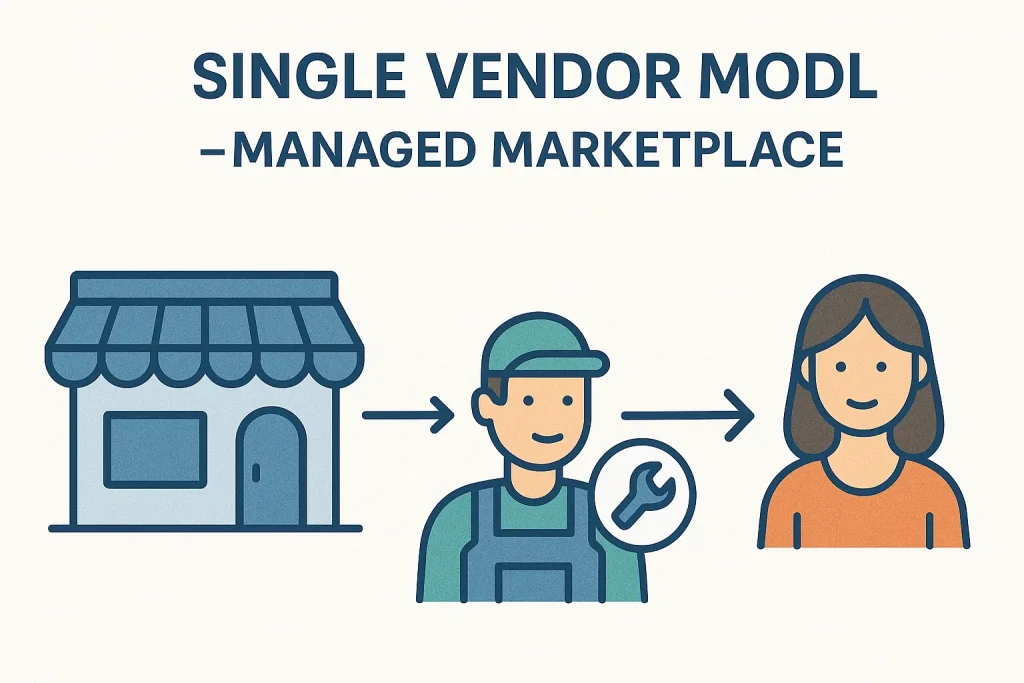
The single vendor model works best when the platform itself provides all the services using in-house professionals or contractors hired under your brand. Think of this as a centralized system where the business has full control over the operations, pricing, and customer experience.
Key Features:
- Services offered under one brand.
- High control over service quality.
- Ideal for local startups starting small.
Monetization:
- Flat service charges.
- Premium pricing for faster bookings or night services.
Example: A startup offering only cleaning or plumbing services in a city using its own fleet.
👉 Looking to start small with minimal complexity? Read our 10+ Profitable On-demand Service Business Ideas for inspiration.
2. Multi-Vendor Aggregator Model
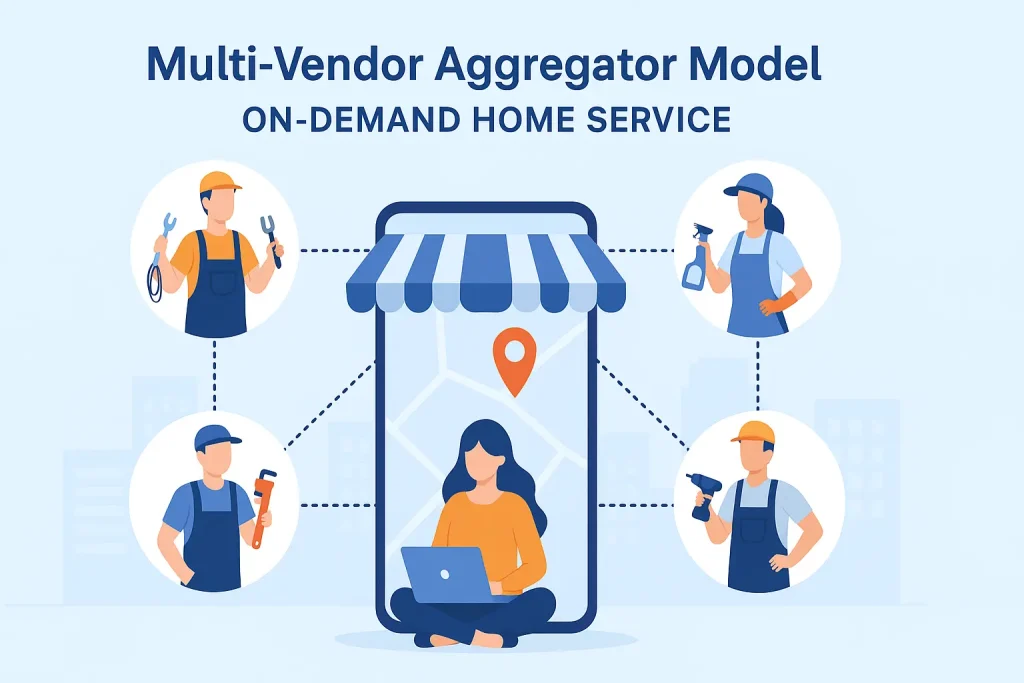
This model is similar to Uber for home services. You build a platform where independent service providers (or agencies) can register, list their services, and get booked by customers. This is the most scalable on-demand home services business model for entrepreneurs. However, scaling successfully requires onboarding high-quality, trustworthy professionals. To streamline this process, follow our Onboarding Service Providers Guide , it covers everything from screening to verification and long-term retention.
Key Features:
- Multiple vendors manage their own pricing and availability.
- Platform acts as a bridge between service providers and customers.
- Scalable across multiple locations and service types.
Monetization:
- Commission per booking.
- Subscription fees from vendors.
- Featured listing and ad placements.
Why This Works: You scale fast without managing actual service delivery.
👉 Want to explore this route? Read How to Build an On-Demand Service Business Online to see how platforms like UrbanClap, Handy, or TaskRabbit do it right.
3. Lead Generation Model (Directory + Bidding)
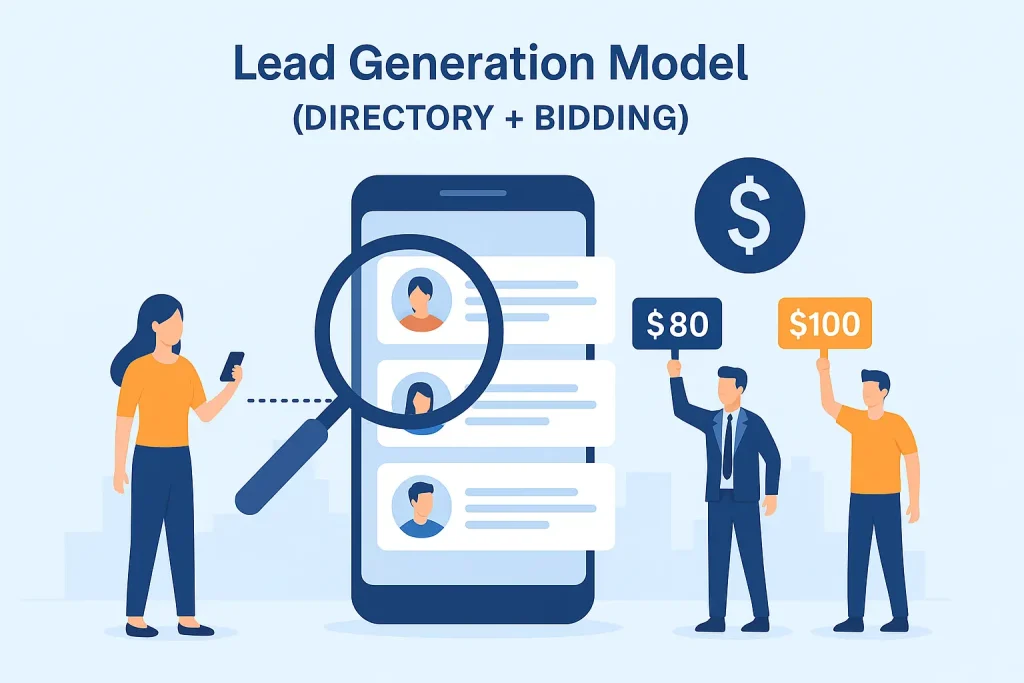
This model focuses on capturing service requests and selling leads to registered professionals. Think of it as a directory where customers post job requirements, and service providers bid or get connected.
Key Features:
- You don’t process bookings or handle payments.
- Easier to build technically.
- High vendor adoption as they pay only for warm leads.
Monetization:
- Pay-per-lead.
- Premium subscriptions for higher visibility.
- Verified badge sales.
Ideal for: Niche industries like home renovation, legal, or wellness professionals.
👉 This model aligns well with long-term SEO content strategies. Explore Marketing Strategies for On-demand Businesses to attract the right service providers and customers through content.
Choosing the Right On-Demand Home Services Business Model
Here’s a quick comparison table:
| Model | Control | Scalability | Initial Cost | Monetization |
|---|---|---|---|---|
| Single Vendor | High | Low-Medium | Medium | Direct Service Fees |
| Multi-Vendor Aggregator | Medium | High | High | Commission, Ads |
| Lead Generation | Low | High | Low | Pay-per-lead |
Each model comes with its own set of benefits and challenges. Your choice depends on your:
Target Market
Understand who you’re serving, urban professionals may expect instant booking, while rural users might prefer flexible scheduling. The model you choose should align with user behavior and expectations in your niche.
Resources
Your initial investment, team size, and tech capabilities will determine which model is feasible. For example, a single-vendor model may require more operational overhead, while a lead generation model can run lean with fewer resources.
Team Capabilities
Do you have a team skilled in logistics, customer service, or vendor management? If not, starting with a simpler model like lead generation or outsourcing parts of operations might be more sustainable.
Long-Term Vision
Think ahead: do you plan to stay local or scale across regions? If scalability is key, the multi-vendor aggregator model provides the flexibility to grow without taking on operational load for every service.
Final Thoughts
The on-demand home service market is thriving but only those who pick the right business model from day one can scale efficiently. Whether you’re building a cleaning app, launching a handyman network, or connecting wellness professionals to clients, understanding these three models will help you launch smarter.
FAQ
What is the best business model for an on-demand home services startup?
The best model depends on your goals and resources. For full control and branding, the single vendor model works well. If you want to scale fast without managing services, choose the multi-vendor aggregator model.
How do on-demand service platforms make money?
On-demand platforms typically earn through commission on each booking, subscription fees from service providers, pay-per-lead models, or ad placements for featured listings.
What is the difference between a managed marketplace and an aggregator?
In a managed marketplace, the platform handles service delivery directly, while in an aggregator, independent vendors list their services and fulfill them themselves.
Which business model requires the least investment?
The lead generation model requires the least investment, as you’re not handling transactions or bookings, just connecting users and vendors and charging for leads.
Can I switch business models later?
Yes, many platforms start with one model and evolve as they grow. For example, a single vendor may expand into a multi-vendor platform over time with the right infrastructure.
